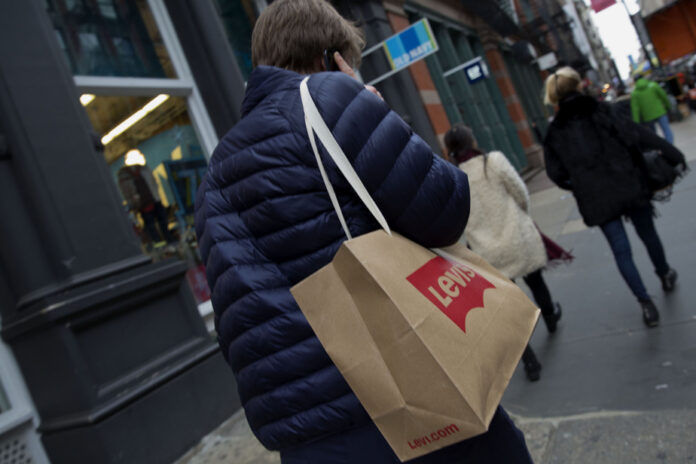(Washington) Inflation fell again in the United States in October, after several months of rebound this summer, good news both for Joe Biden, less than a year before the presidential election, and for the bank central, which wants to curb this surge in prices.
Price growth stood at 3.2% year-on-year in October, compared to 3.7% in September, according to the CPI index published Tuesday by the Labor Department.
These numbers are a “pleasant surprise,” Jason Furman, a Harvard professor and former White House economist, commented in a tweet.
This is the first time since June that this index has fallen and, over just one month, it even fell to zero, with prices identical to those of September.
Analysts expected general inflation to be 0.1% month-on-month and 3.3% year-over-year, according to the MarketWatch consensus.
Gasoline prices at the pump, in particular, have fallen. Hotel nights, used cars and plane tickets also cost less.
But food prices remained on the rise, as did housing, car insurance and even health care.
Another measure that has fallen sharply: so-called core inflation, which excludes volatile food and energy prices, is at its lowest in more than two years, at 4.0% year-on-year. It is 0.2% over one month, compared to 0.3% in September.
Prices soared after COVID-19, in the United States as elsewhere in the world, and inflation reached its highest level in more than 40 years in June 2022, at 9.1%, then fell, to falling to 3.0% a year later.
But, driven by the prices of housing and gasoline at the pump, it started to rise again this summer.
This decline in all inflation figures is good news for American President Joe Biden, less than a year before the presidential election.
He welcomed, in a press release, this “further progress in reducing inflation (which is being made) while maintaining one of the strongest labor markets in history”. And sees this as the result of his economic policy.
Persistent high inflation was a thorn in the side of the Democratic president. The Republican opposition accuses its recovery plans, which injected billions of dollars into the economy, of fueling soaring prices.
And it also caused the New York Stock Exchange to jump as it opened Tuesday morning.
But to contain the rise in prices, it is the American central bank, the Fed, which holds the reins. To achieve this, it has raised interest rates 11 times since March 2022, bringing them to their highest level in 22 years, in a range of 5.25 to 5.50%.
This has the effect of slowing down consumption and investment, and therefore relieving pressure on prices.
At the last two meetings, however, in September and October 31-November 1, Fed members chose to keep rates at the same level, to give time for successive increases to produce their full effects on the economy.
“I think the Fed will be pleasantly surprised” by the October inflation figures, Craig Erlam, analyst for Oanda, told AFP.
He noted that this increases the chances that the Fed will not touch its rates at the next meeting in mid-December.
Fed officials, however, have hammered it home: inflation has certainly fallen considerably, but it remains too high. And they will not hesitate to further raise key rates if necessary.
They want to reduce price increases to 2.0% year-on-year, but favor another measure of inflation, the PCE index, which will be published at the end of the month, after remaining stable in September, at 3. 4%.
What about the much-heralded recession? Many economists now believe that the United States could ultimately escape it.















